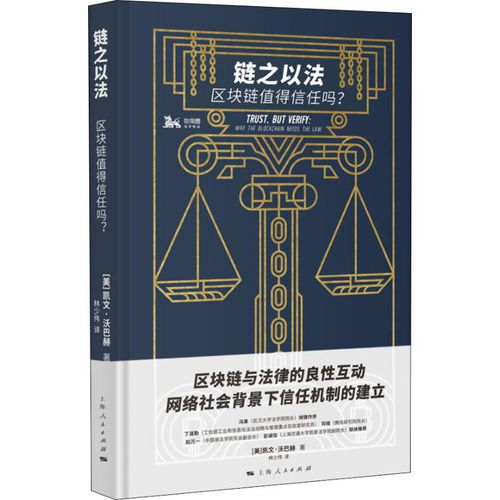Introduction to Blockchain Trustworthiness

Blockchain technology has emerged as a revolutionary force in the digital world, promising to transform various industries through its decentralized and secure nature. However, the question of trustworthiness remains a crucial concern for many. This article delves into the aspects that make blockchain a trustworthy technology and addresses the concerns surrounding its reliability.
The Core Principles of Blockchain

At its core, blockchain is a distributed ledger technology that ensures transparency, security, and immutability. Here are some key principles that contribute to its trustworthiness:
Distributed Ledger: Unlike traditional centralized systems, blockchain operates on a decentralized network, where each participant holds a copy of the ledger. This reduces the risk of a single point of failure and enhances security.
Transparency: All transactions recorded on the blockchain are visible to all participants, ensuring transparency and accountability.
Immutability: Once a transaction is added to the blockchain, it cannot be altered or deleted, making it a reliable and tamper-proof record.
Consensus Mechanism: Blockchain relies on consensus algorithms to validate transactions and add them to the ledger. This ensures that all participants agree on the validity of the transactions, further enhancing trustworthiness.
Security Features of Blockchain

Security is a paramount concern in any technology, and blockchain offers several features that make it a trustworthy solution:
Encryption: Blockchain uses advanced encryption techniques to protect sensitive data, ensuring that only authorized parties can access it.
Decentralization: As mentioned earlier, the decentralized nature of blockchain makes it resilient to attacks, as there is no single point of vulnerability.
Smart Contracts: Blockchain-based smart contracts automatically execute transactions when predefined conditions are met, reducing the risk of fraud and errors.
Real-World Applications of Blockchain

Blockchain has already found applications in various industries, demonstrating its trustworthiness:
Finance: Blockchain technology is being used to streamline cross-border payments, reduce fraud, and create new financial instruments like cryptocurrencies.
Supply Chain: Blockchain can track and verify the movement of goods and services, ensuring transparency and reducing the risk of counterfeiting.
Healthcare: Blockchain can securely store and share patient records, improving data integrity and privacy.
Real Estate: Blockchain can facilitate secure and transparent property transactions, reducing the need for intermediaries and minimizing fraud.
Challenges and Concerns

Despite its numerous benefits, blockchain technology faces certain challenges and concerns:
Scalability: Blockchain networks can struggle to handle a large number of transactions simultaneously, leading to slower processing times and higher costs.
Energy Consumption: Some blockchain networks, particularly those using Proof-of-Work consensus mechanisms, consume a significant amount of energy, raising environmental concerns.
Regulatory Hurdles: The evolving regulatory landscape can create challenges for blockchain projects, as they navigate the complexities of different jurisdictions.
Conclusion

In conclusion, blockchain technology offers numerous advantages that make it a trustworthy solution for various applications. Its core principles, security features, and real-world applications demonstrate its potential to revolutionize industries. While challenges and concerns exist, ongoing research and development efforts are addressing these issues, further solidifying blockchain's position as a reliable and trustworthy technology.
Tags:

Blockchain, Trustworthiness, Security, Decentralization, Distributed Ledger, Smart Contracts
